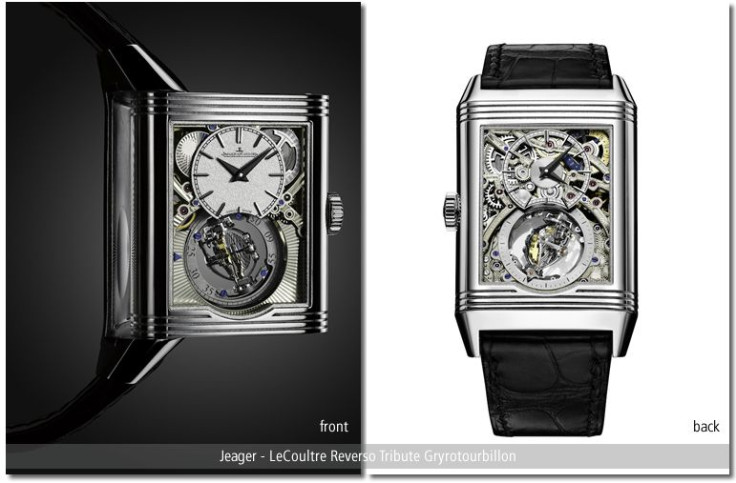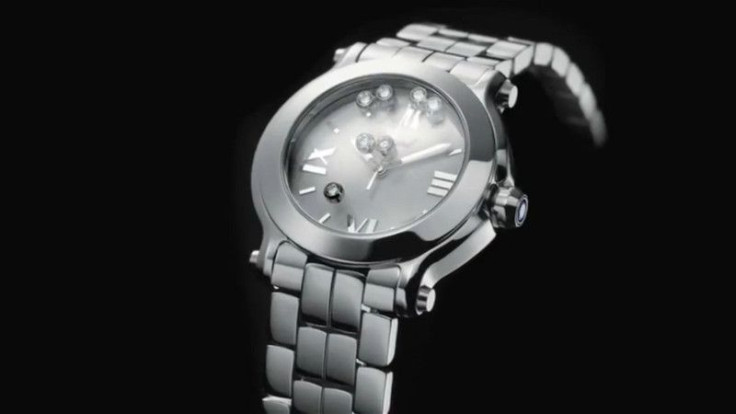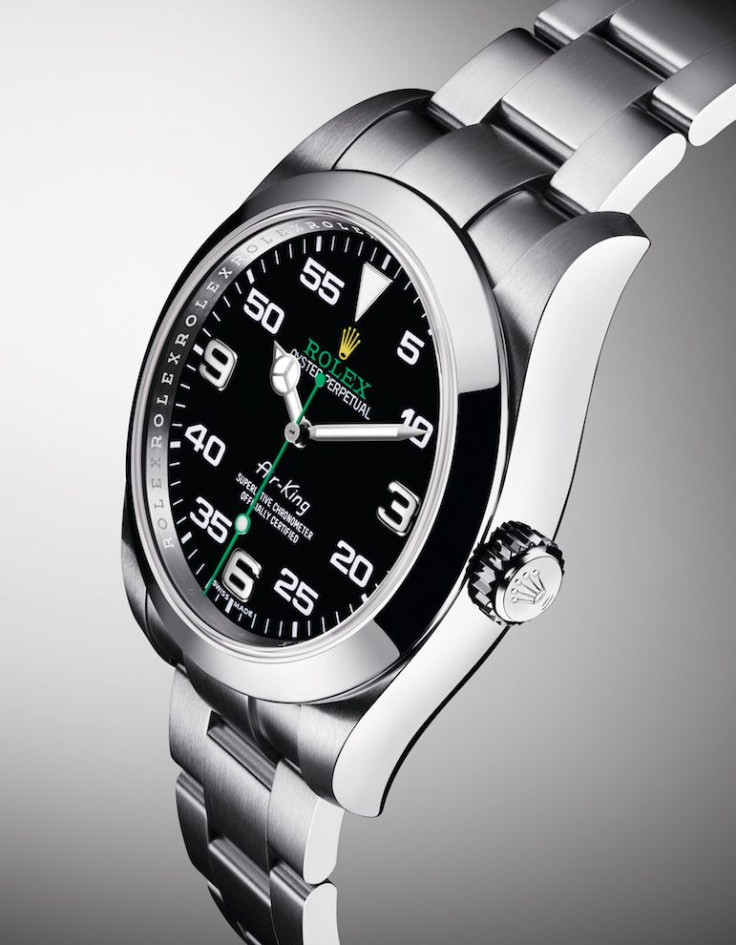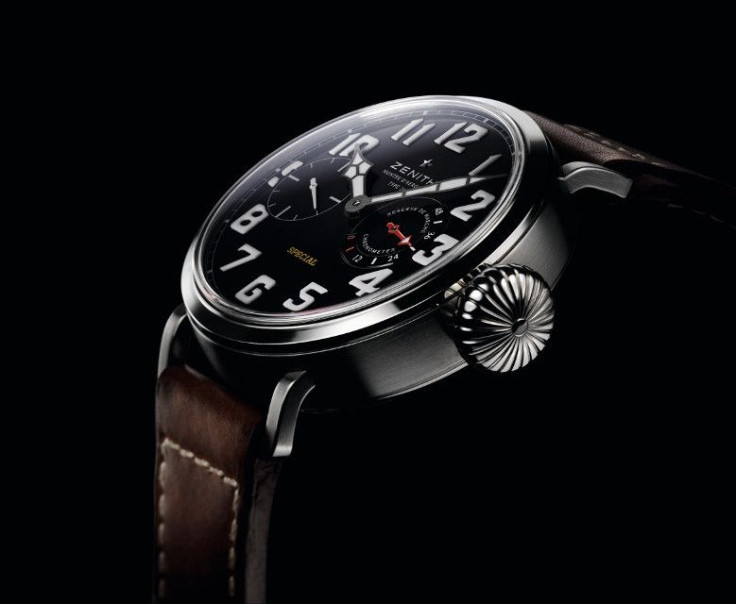Watches: The Enduring Beauty Of Vintage Design From Rolex, Chopard, Zenith, Frederique Constantin, Jaeger LeCoultre
Sponsored content from Modern Luxury
Over the last few years, it has been impossible to ignore the proliferation of vintage-styled watches with clear references to timepieces past. For those nostalgic for the good old days, when all watches were mechanical, this is a wonderful development. Watch companies are quite skilled at keeping the flame alive, returning to the archives to create new models that seem to have traversed the years without a single sign of age. Jaeger-LeCoultre offers a magnificent example of this passion. The manufacturer’s current success is largely due to its 1980s strategy of mining the potential of the Reverso, a watch developed in the 1930s for polo players. Ever since, the brand has continually produced Reverso watches in all different varieties of forms and models.

For the line’s 85th anniversary, celebrated in 2016, the brand presented a completely reimagined collection, featuring all the year’s new models. Considered in this way, anniversaries are good for shining the spotlight on these icons, inherited from the great watchmaking tradition, which will be “readied” for future generations. In 2016, two emblematic models celebrated their fortieth anniversaries: Chopard’s Happy Diamonds (fundamentally, let us remember, a men’s watch) and Patek Philippe’s signature Nautilus model.

Manufactures have become adept in the art of dusting off older models, rejuvenating them while maintaining their core personality traits, an exercise mastered perfectly by Girard-Perregaux, which presented in 2016 two limited editions of its famous 1975 model Laureato to celebrate the company’s 225th anniversary, as well as Rolex, which breathed new life into its Air-King, a piece that “epitomizes Rolex’s privileged ties with the world of aviation during its golden age in the 1930s.”

The same analysis took place at Omega with its Speedmaster CK2998, of which the original, prized by collectors for its Alpha-style hands, dates back to 1959, or TAG Heuer, which presented a Heuer Monza in black PVD-treated steel in honor of its 40 years of existence. TAG Heuer also launched a veritable high-wire exercise in 2016 with the objective of reviving the Autavia, one of the brand’s three great chronographs (along with the Carrera and the Monaco), which experienced its finest moments on the Formula 1 racetrack in the 1960s and 1970s.
For the occasion, the brand launched an online competition, which allowed users to vote their choice from among 16 pre-selected Autavia models (of which 12 were historic models and 4 designed for the occasion). The competition began on March 17, the first day of Baselworld 2016, and ended with the crowning of the “Rindt” Autavia from 1966, named for the F1 Austrian champion Jochen Rindt, TAG Heuer’s brand ambassador before the concept of that role was widespread. As a consequence of the vote, this model has been rereleased and presented at Baselworld 2017.
If individual reference watches are lacking, retro inspiration guides the creation of new pieces and even new collections. At Zenith, the patina of time is an element in its Heritage Pilot Ton-up in the spirit of Café Racer, a chronograph that alludes to 1950s England, when young men would careen from café to café on stripped-down motorcycles.

For Alpina, the touchstones are the watches created by the brand in the 1930s for the German Kriegsmarine. These models, boasting precision and shockresistance, were used by the military to coordinate sea operations. Today they have been revived under the name KM-710. The design of legendary British sportscars Austin-Healey, produced between 1952 and 1972, served as inspiration for Vintage Rally from Frederique Constant (a brand recently acquired by Citizen along with Alpina and Ateliers deMonaco). Glashütte Original launched its own 20th Century Vintage line, which includes two collections dedicated, respectively, to the 1960s and 1970s, two “decades that changed the world through their ideals, their music, their architecture and design.”

During the current rage for high-tech components, certain materials precisely convey a retro image. Bronze, for example, associated with techniques from the past, has recently gained great popularity in horology, not without practical reasons. An amagnetic metal, it offers a high resistance to corrosion, while taking on a natural patina with age, which makes each bronze watch a unique piece. Adopted very early on for naval construction, this material, once forged into propellers or diving helmets, found its natural extension in the world of diving watches. Panerai was a pioneer here, thrilling the hearts of its fans with an imposing Luminor Submersible 1950 3 Days Bronzo in 2011, then with a new automatic-winding version with power reserve two years later.

Zenith joined in, releasing its Pilot Montre d’Aéronef Type 20 Extra Special Bronze in 2015, followed one year later by Oris (Carl Brashear Limited Edition), Tudor (Heritage Black Bay Bronze) and Hautlence (Vortex Bronze). In the universe of vintage watches, everything is up for grabs to lend an authentic allure to watches that might have come straight from our grandfathers’ drawers.





















